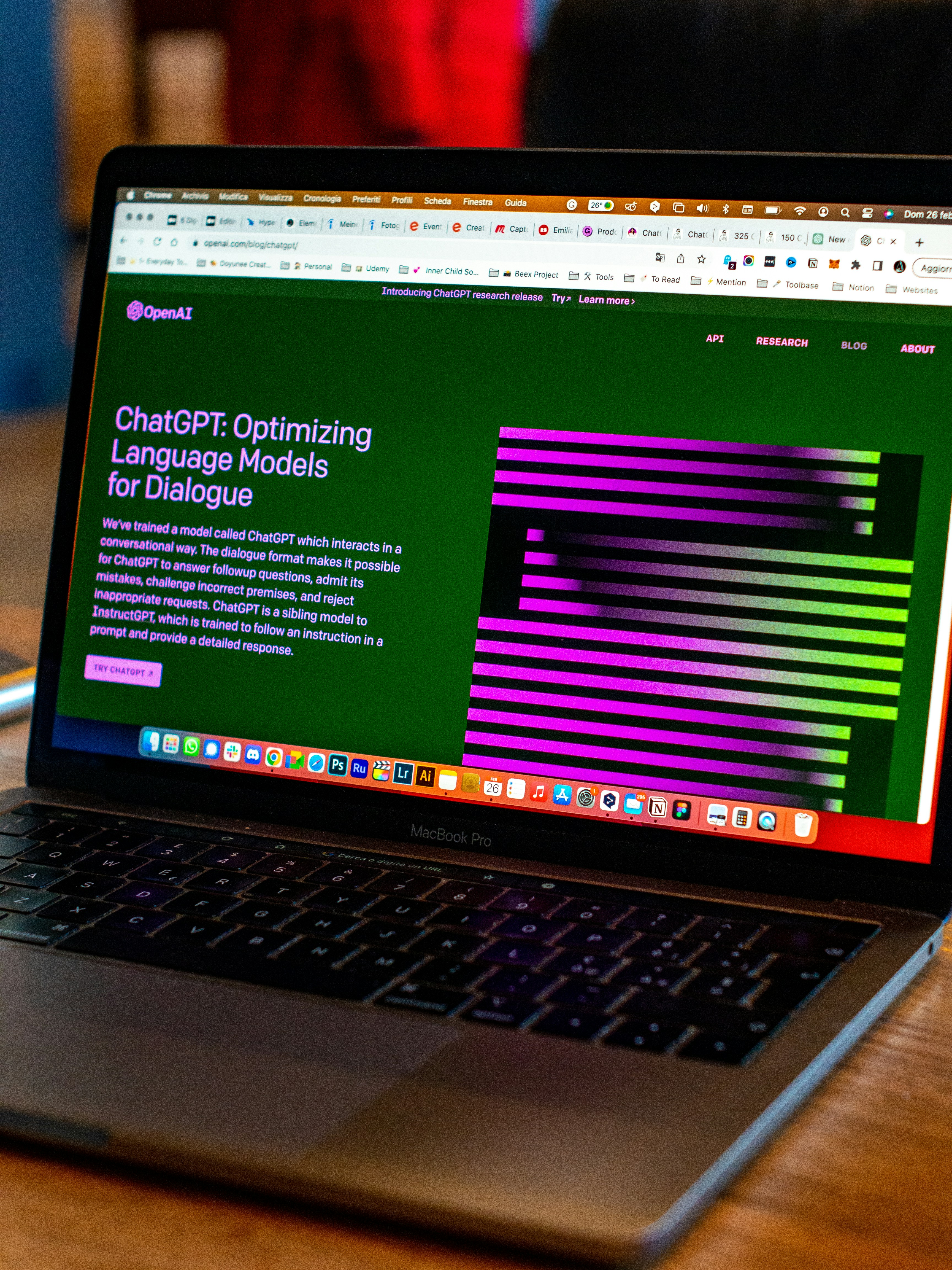The Hidden Energy Cost of Generative AI – And What We Can Do About It
Generative AI is transforming the way we work, create, and communicate. From writing marketing copy to generating images and video, these tools are powerful and seemingly limitless. But behind the magic lies a hidden cost: the enormous energy required to power them.
A recent study by Dr Luccioni and colleagues found that a generative AI system can use roughly 33 times more energy than machines running task-specific software. And it’s not your laptop or smartphone consuming all this power. The bulk of the computation happens in massive data centres—facilities humming quietly out of sight, which house thousands of servers, cooling systems, and storage units.
The environmental impact is significant. These data centres rely heavily on electricity, and much of the power still comes from fossil fuels. The more we rely on large language models (LLMs) and generative AI, the greater the demand on the grid—and the larger the carbon footprint. This isn’t just a future problem; it’s happening now, as AI adoption accelerates across businesses and industries.
A Practical Solution: Smarter Data Management
One way to reduce the load on our infrastructure is data compression. By storing and transmitting information more efficiently, we can decrease the energy needed for processing and moving data. Smarter storage strategies, such as compression, deduplication, and selective caching can all make a real difference, especially at scale.
Businesses have an important role to play. Adopting better data management practices, investing in more efficient AI models, and prioritising renewable-powered data centres are all steps that can help offset the environmental cost of generative AI. Ultimately, it’s about striking a balance: enjoying the benefits of cutting-edge technology without letting it overburden our planet.
Generative AI is here to stay—but how we manage the compute that powers it will define whether its growth is sustainable. Smarter data practices and conscious energy use aren’t just good for the environment—they’re essential for the future of AI.
